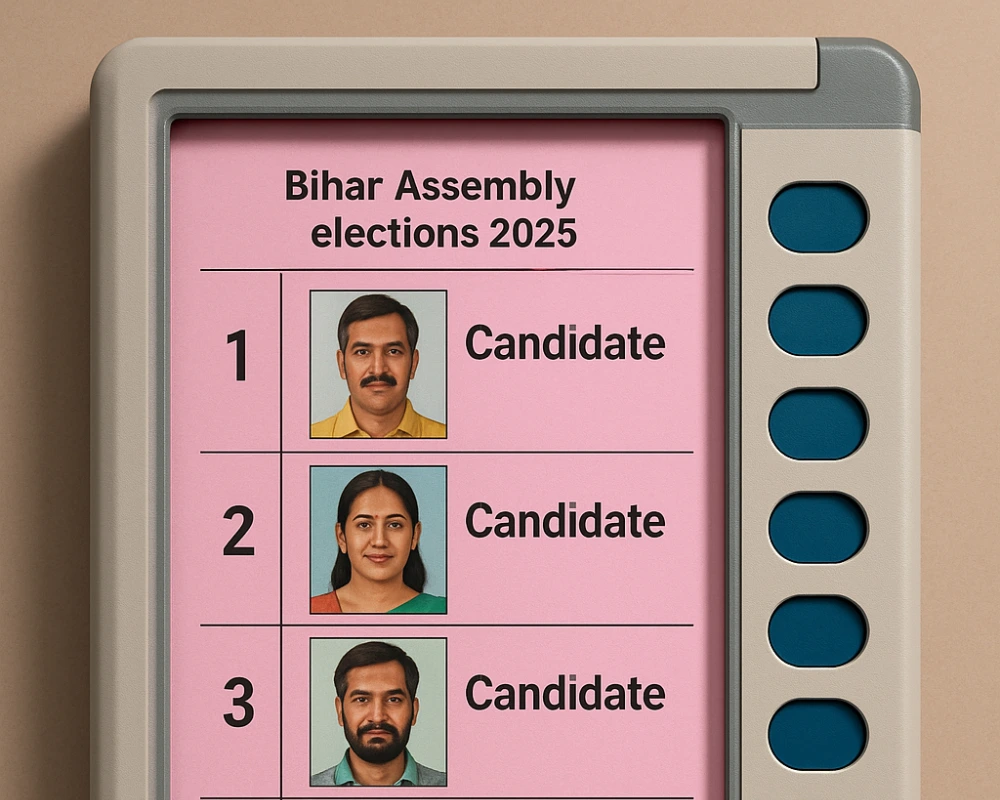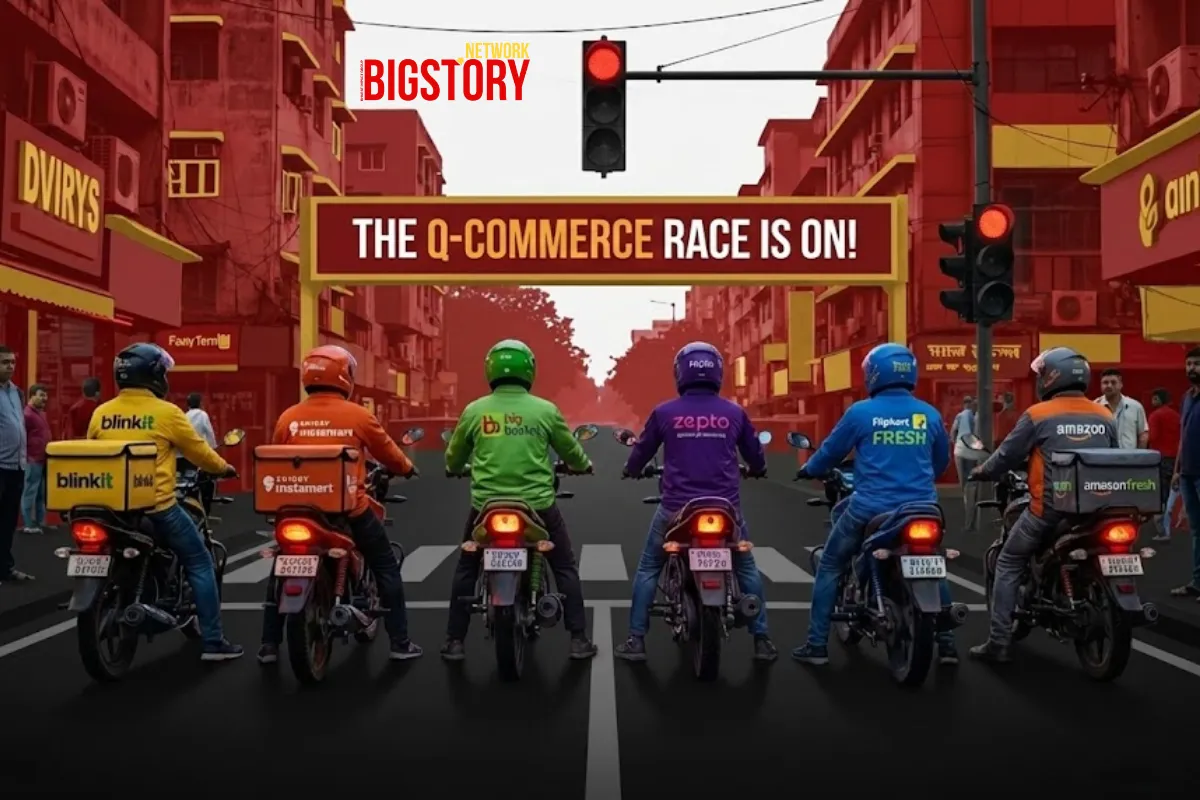For the first time, India’s EVM ballot papers will display colour candidate photos, bold fonts, and clear design in Bihar Assembly Elections 2025.
 Brajesh Mishra
Brajesh Mishra

For the first time in India’s electoral history, voters will see colour photographs of candidates on Electronic Voting Machine (EVM) ballot papers. The Election Commission of India (ECI) announced the reform ahead of the Bihar Assembly elections 2025, marking a significant step to make ballots clearer, sharper, and easier to navigate.
The Election Commission of India (ECI) has rolled out a series of 28 process enhancements in recent months, designed to simplify voting and strengthen voter confidence. The changes to ballot paper design are among the most visible reforms, as they directly address voter concerns about confusion between candidates with similar names or symbols.
Officials noted that the introduction of colour photographs, larger fonts, and uniform numerals is meant to create a more user-friendly ballot experience. The reform reflects the Commission’s wider push for modernization, accessibility, and transparency in India’s electoral system.
In its official notification, the ECI clarified that these updates fall under Rule 49B of the Conduct of Elections Rules, 1961.
“The revisions are intended to enhance clarity, reduce voter confusion, and ensure consistency across all ballot papers used in EVMs nationwide,” the Commission said, emphasizing the importance of visual clarity and readability.
The Commission added that the changes also align with its mandate of inclusive participation, ensuring that even elderly voters or those with limited literacy face fewer challenges during polling.
National media outlets framed the reform as a significant voter-experience improvement ahead of the high-stakes Bihar elections. Commentaries highlighted that while EVMs have long displayed candidate photos, the shift to colour printing represents a major usability milestone.
Observers also noted that this change may help address one of the common criticisms of India’s vast voting process — that ballot papers often appear cluttered and hard to read, especially in constituencies with multiple candidates.
Near-term (Bihar Assembly Elections 2025):
Longer-term implications:
1. What is the new change introduced by the Election Commission of India (ECI)?
For the first time, ballot papers on Electronic Voting Machines (EVMs) will feature colour photographs of candidates, larger bold fonts for names and NOTA, and serial numbers in Indian numerals.
2. When and where will this change take effect?
The reform will be implemented starting with the Bihar Assembly elections 2025 and is expected to expand to other state and national elections later.
3. Why is the ECI making these changes now?
The move is part of a broader set of 28 process enhancements to make voting more user-friendly, reduce voter confusion between candidates with similar names, and ensure clarity and accessibility for all voters.
4. What material and design specifications will be used for the ballot papers?
Ballot papers will be printed on 70 GSM paper. For assembly elections, the sheets will be pink-coloured with specific RGB codes defined by the Commission.
5. Will the NOTA option also change?
Yes. The NOTA (None of the Above) option will appear in bold font size 30, making it more prominent and uniform across all ballot papers.
6. Does this change affect the working of EVMs themselves?
No. The EVM machines and their functionality remain the same. The change only affects the ballot paper design placed inside the machine for display.
7. Under which law are these changes being implemented?
The updates fall under Rule 49B of the Conduct of Elections Rules, 1961, which governs how ballot papers are prepared and displayed in EVMs.
8. How will this impact voters in the short term?
Voters in Bihar will find it easier to identify candidates, reducing errors and making the polling process smoother and faster.
9. Will these reforms apply to Lok Sabha elections as well?
Yes, after successful implementation in Bihar, the design changes are expected to be applied in future Lok Sabha and state elections nationwide.
10. Are there any challenges expected with the rollout?
The main challenges involve printing logistics, ensuring timely delivery of new pink ballot papers, and training polling staff on updated specifications.






Sign up for the Daily newsletter to get your biggest stories, handpicked for you each day.
 Trending Now! in last 24hrs
Trending Now! in last 24hrs